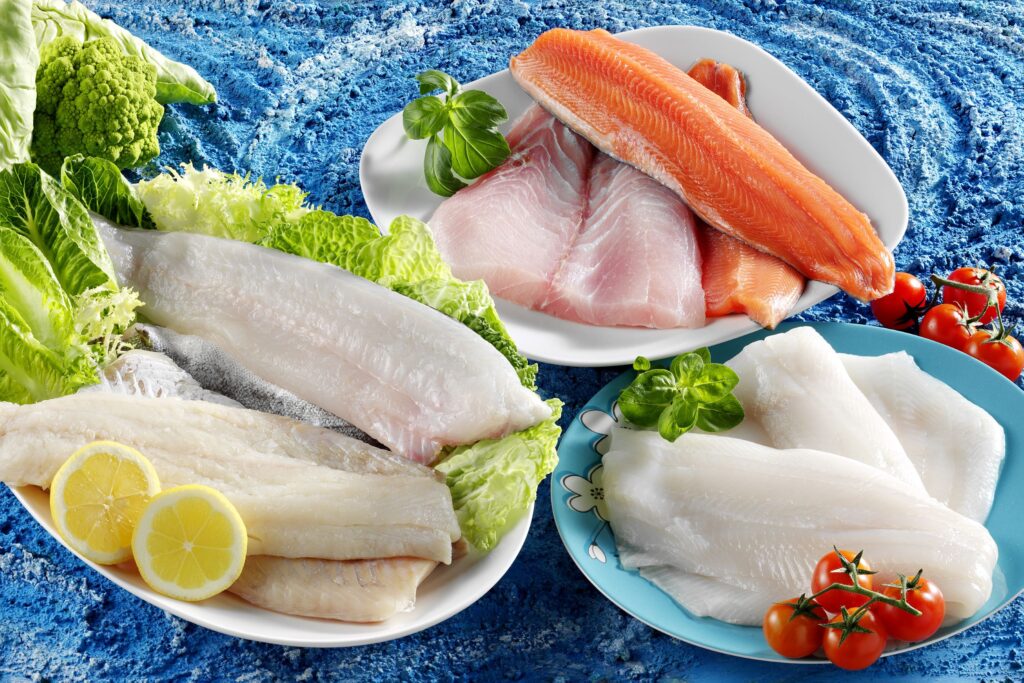What Is The Best Fish To Eat?
Doctors and dieticians advise: “Eat more fish.” Therefore, what is the best fish to eat? Explicitly, as part of a balanced diet, eat fish at least two days a week. But in the sea (and in rivers and lakes), there are plenty of fish recipes online, so which fish can you eat? Are those fish better than others? Isn’t any fish ideal for eating? Bottom line: Which fish is the best to eat, and where can I find good fish recipes?

Are some fish healthier than others?
Healthy sources of protein and B vitamins include all types of fish. These fish types are rich in omega-3 fatty acid, an essential fatty acid with many health advantages. Blood pressure, inflammation, triglycerides, platelet aggregation, arterial plaque development, blood clots’ risk are minimized, and HDL cholesterol increases.
Every type of fish contains omega-3 fatty acids, but they are exceptionally high in fatty, oily fish. The meat has a high-fat content and is rich in fatty acids-healthy polyunsaturated fats because many of these fish live in cold waters. They are, however, low in saturated fat and high in protein. Vitamin D, selenium, phosphorus, iron, and iodine are also good sources for these fish. The internet has some amazing simple fish recipes which you can try out.
Salmon
This oily fish’s flesh has a distinctive orange to red hue. Delicious salmon is a rich source of omega-3 fatty acids, B vitamins (133 percent daily value [DV] of vitamin B12 in particular), selenium, and phosphorus.
Mackerel
Another rich source of omega-3 fatty acids, vitamin D, magnesium, and phosphorus is mackerel, an oily fish. Fresh mackerel spoils quickly, and it should be consumed on the day it is caught unless properly refrigerated or cured.
Herring
Extremely rich in vitamin B12 (570 percent DV), niacin, vitamin B6, vitamin D, and phosphorus are also a good source of herring. It’s an excellent source of omega-3s. Herring, such as pickled, fried, smoked, or salted, is prepared in several ways.
Tuna
Fresh tuna, a saltwater fish, is mainly known as sushi. Canned tuna has been a staple of food for over a century. In the United States, the only albacore is made from canned “white meat tuna.” Tinned light tuna is high in protein and is a rich source of vitamin D and phosphorus.
Trout
Freshwater trout has a low-calorie content but a high protein content. Trout is rich in B vitamins (thiamin, riboflavin, and niacin), vitamin D, phosphorus, and iron, a good source of omega-3 fatty acids. A healthy dietary source of iodine, too, is trout.
Whitefish
Whitefish has a high-fat content and tons of omega-3 fatty acids and live deep in icy northern lakes. The flesh of raw whitefish, while linked to salmon, is almost pure whitefish (as its name implies).
Halibut
A good source of protein, halibut is noted for its firm texture and clean taste. It is also high in selenium, vitamin D, phosphorus, and various B vitamins (niacin, vitamin B6, and vitamin B12).
Bass
There are different types of bass. Bass is high in protein and omega-3s. Manganese, phosphorus, and vitamin B12 are also good sources for bass.




